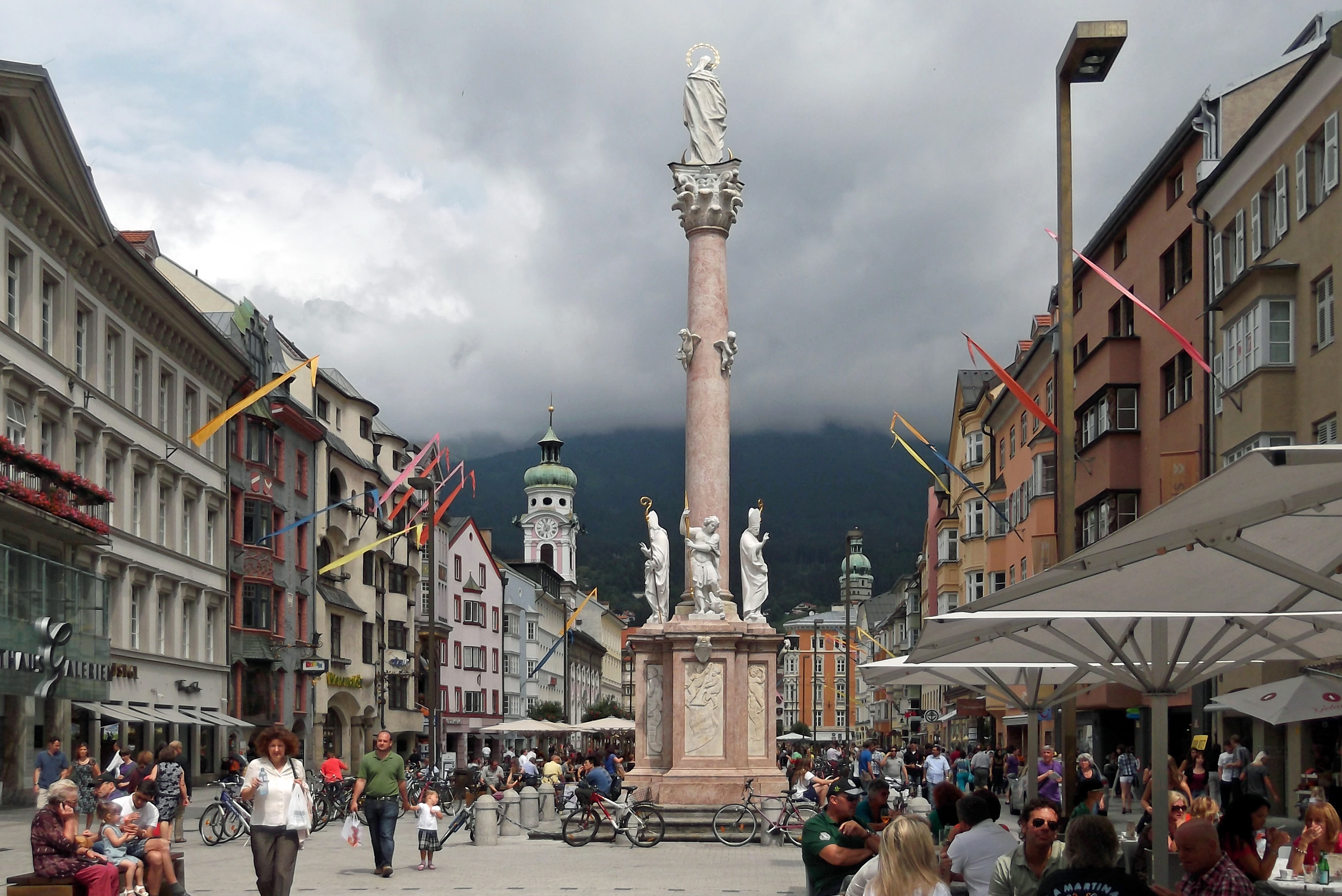Innsbruck, the capital of Tyrol in western Austria, is a city where history and alpine beauty meet. Its name means “bridge over the Inn,” reflecting its origins as an important crossing point and trade hub in the Middle Ages. As early as the 12th century,
Innsbruck became a strategic center for commerce along the north–south trade routes linking Germany and Italy, which helped it grow into a thriving cultural and economic hub.
One of the city’s most iconic landmarks is the Golden Roof (Goldenes Dachl), built in the late 15th century under Emperor Maximilian I. This balcony, decorated with over 2,600 gilded copper tiles, was designed to celebrate the emperor’s marriage and display Habsburg power. Under Maximilian, Innsbruck became an imperial city and a key residence of the Habsburg dynasty, leaving behind a rich architectural and artistic legacy.
During the Renaissance and Baroque periods, Innsbruck flourished as a center of art, religion, and politics. The Hofkirche (Court Church) houses the elaborate cenotaph of Maximilian I, surrounded by 28 striking bronze statues of historical and mythical figures. The Imperial Palace (Hofburg) and the nearby Ambras Castle also highlight Innsbruck’s role as a seat of power and culture.
By the 19th century, the city became popular among travelers seeking romantic alpine landscapes, attracting mountaineers and early tourists. Innsbruck’s modern identity was further shaped by hosting the Winter Olympic Games in 1964 and 1976, securing its reputation as a world-class destination for winter sports.
Today, Innsbruck remains a place where history feels alive. Visitors can stroll through its colorful Old Town, admire centuries-old monuments, and enjoy breathtaking mountain views—all in a city that seamlessly blends medieval charm, imperial elegance, and alpine adventure.







